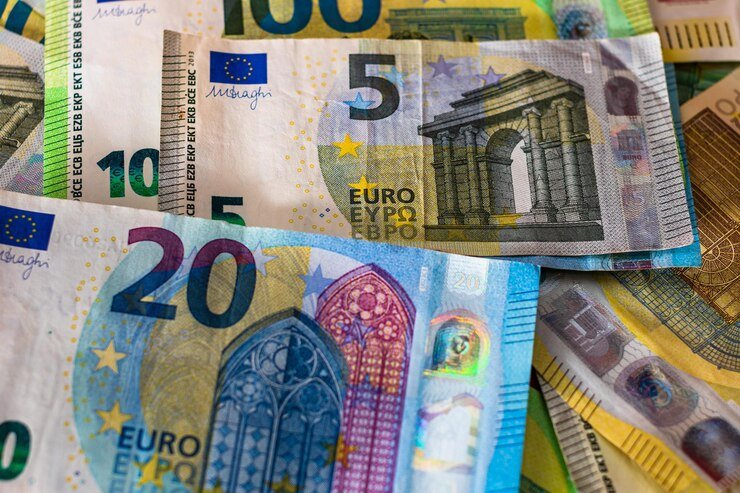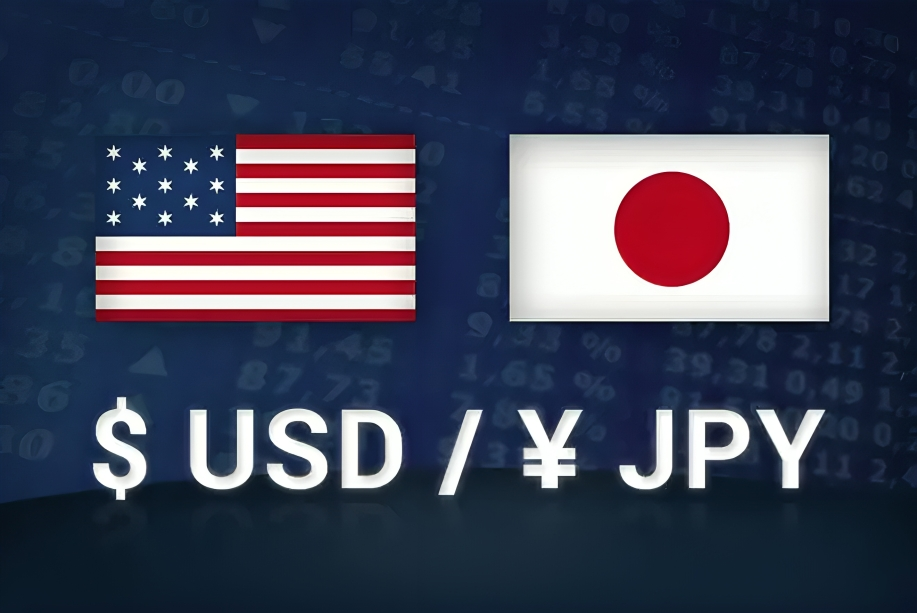EUR/USD continues within the trading ranges at 1.0400, awaiting release of US NFP, while this is perceived to determine a mood for subsequent Fed interest rates decisions. During the cautious day of the United States Dollar trade, June cut of the federal rate remains pending. The Eurozone is feeling the pinch of economic uncertainty due to concerns over potential US tariffs on European goods. The European Central Bank stays dovish, maintaining an accommodative tone. The technical outlook remains bearish with strong support at 1.0177 and resistance at 1.0500 as the market slices through economic data and global trade risks.
KEY LOOKOUTS
• The NFP report is due out soon and will be driving Fed rate expectations, with good job numbers delaying rate cuts and weak data lifting dovish bets.
• The market is still expecting a June rate cut, but any change in the Fed’s tone depending on the data, especially inflation and labor market, could see the US Dollar swing.
• The Euro is under pressure due to economic growth concerns, dovish ECB outlook, and potential trade tensions with the US, which could affect the currency’s stability.
• EUR/USD faces resistance at 1.0500, while support lies at 1.0177, with the 50-day EMA and RSI indicating a sideways to bearish trend in the near term.
EUR/USD is being capped within tight ranges around 1.0400 as investors prepare for the US Nonfarm Payrolls report, which will influence the monetary policy outlook by the Federal Reserve (Fed). Strong labor market data may fortify the views that the Fed would like to sustain higher interest rates for more extended periods of time, and poor data will increase the scope of speculations for a rate cut in June. However, the Euro came under pressure from heightened economic uncertainties in the Eurozone, which include the dovish European Central Bank (ECB) and threats of potential US trade tariffs. Meanwhile, technical indicators project a cautious outlook. The main resistance remains at 1.0500, while support is at 1.0177, keeping dealers on their toes.
EUR/USD is trading cautiously around 1.0400. The economy may take shape with regards to Fed rate outlook over US NFP and the more dovish stance by ECB coupled with potential US trade tariffs, weighing on Euro. Keep an eye on resistance at 1.0500 and support at 1.0177.
• A healthy jobs report should delay Fed rate cuts, and softer data will increase the bets for dovish rates.
• Markets are expecting a June rate cut, but Fed policy change can alter the strength of the USD.
• ECB dovish attitude coupled with sluggish growth affects the outlook for the Euro.
• Tensions in trade can potentially damage the economy of Eurozone leading to volatile market conditions.
• The chart at 1.0500 acts as major resistance for EUR/USD while major support is at 1.0177, and the trend is bearish.
• DXY-USD Index still holds much significance and changes in that affect the moves in EUR/USD.
• Average Hourly Earnings data will help understand inflationary trends, impacting Fed policy expectations.
EUR/USD remains locked in a trading range around 1.0400 as market participants wait for the highly influential US Nonfarm Payrolls (NFP) report, which may significantly alter the Federal Reserve’s (Fed) interest rate outlook. A strong labor market reading could solidify expectations that the Fed will maintain higher rates for longer and support the US Dollar. Weaker employment data will fuel speculation of an earlier rate cut, which puts pressure on the Greenback and could lift EUR/USD. The European Central Bank is dovish; its policymakers are signaling that there is room for further rate cuts as economic uncertainty looms over the Eurozone.
EUR/USD Daily Price Chart

TradingView Prepared by ELLYANA
EUR/USD risks from possible trade tensions between the US and the Eurozone. US President Donald Trump hinted that he would levy tariffs on goods imported from Europe, a development that will continue to dent the region’s economy and weaken the Euro. Technically, there is still caution as it hovers above resistance at 1.0500 and below support at 1.0177. It stays below the 50-day EMA while its RSI prints a neutral-to-bearish trend. Traders will watch the NFP data, wage growth figures, and further US-Eurozone trade relations developments for directional guidance.
TECHNICAL ANALYSIS
EUR/USD is under pressure, trading at 1.0400, with key resistance at 1.0500 and strong support at 1.0177. The pair is unable to break above the 50-day Exponential Moving Average (EMA) at 1.0436, indicating a bearish bias. At 14-day Relative Strength Index (RSI) between 40.00 and 60.00 the pair is neutral to slightly bearish momentum. In case the pair fails to break up at 1.0400, it’s likely to hit further down at 1.0177. Conversely, a breakout above 1.0500 would provide the trigger for a short-term bullish reversal. Traders will be tracking the decisive break above or below these levels to confirm the direction of the next trend.
FORECAST
However, a disappointing US Nonfarm Payrolls report ahead could send the EUR/USD even higher as the market would be further reoriented into the Federal Reserve cut on June. A weaker labor market puts pressure on the US Dollar, allowing the Euro to strengthen. If the pair can clear the resistance level of 1.0500, it would then open doors for further gains to 1.0600 and then 1.0750. In addition, any hawkish move by the ECB or economic rebound in the Eurozone can strengthen investors’ confidence in the Euro. A softer US stance on threatened tariffs imposed on European merchandise can also be seen to boost the positive EUR/USD sentiment.
The pair remains sensitive to downside risks, with this week’s US labor market set to be a potent risk for EUR/USD if the data proves stronger than expected. A quality NFP report should lower the probability that the Fed will cut rates, favoring the US Dollar and driving EUR/USD even lower. Technically, if this pair does not stay atop of 1.0400, key support is located at 1.0177, and then comes a psychological level of 1.0100. Additionally, increasing economic uncertainty within the Eurozone, dovishness from the ECB, and trade tariffs possibly applied by the US on European goods may weigh upon the Euro, so be prepared for it to continue falling. In case these factors materialize, EUR/USD may face a long bearish trend and possibly reach parity (1.0000) in the near months.







